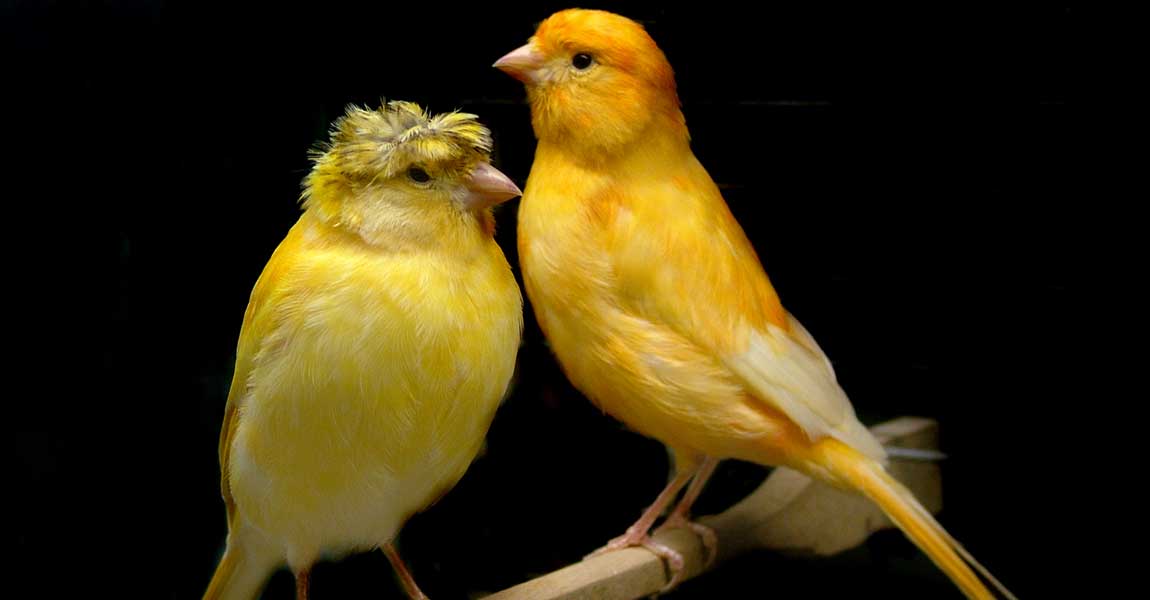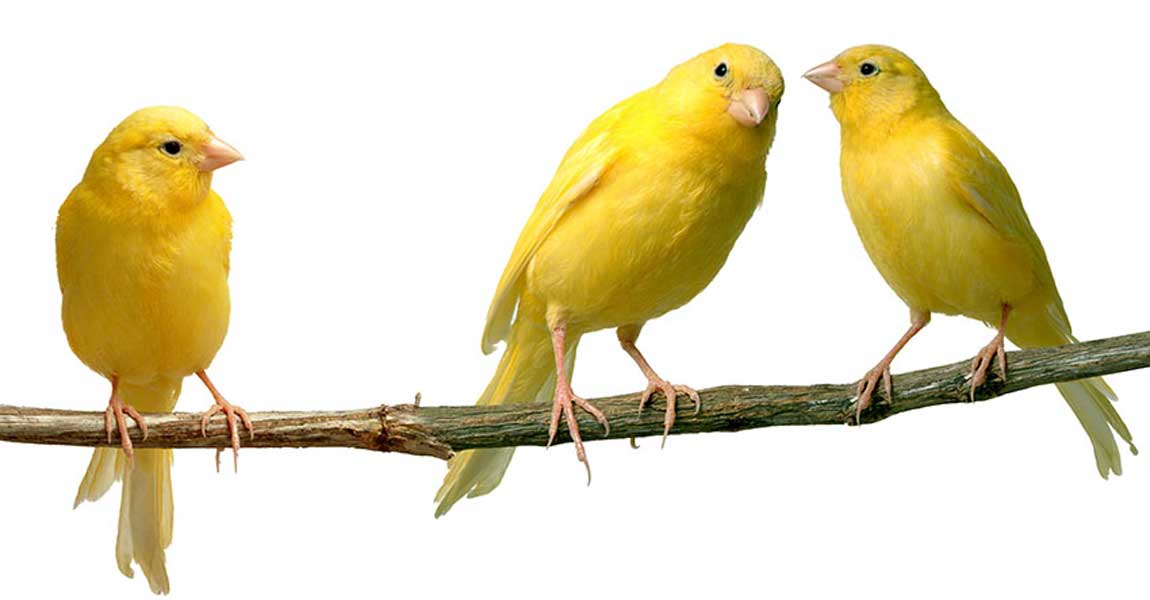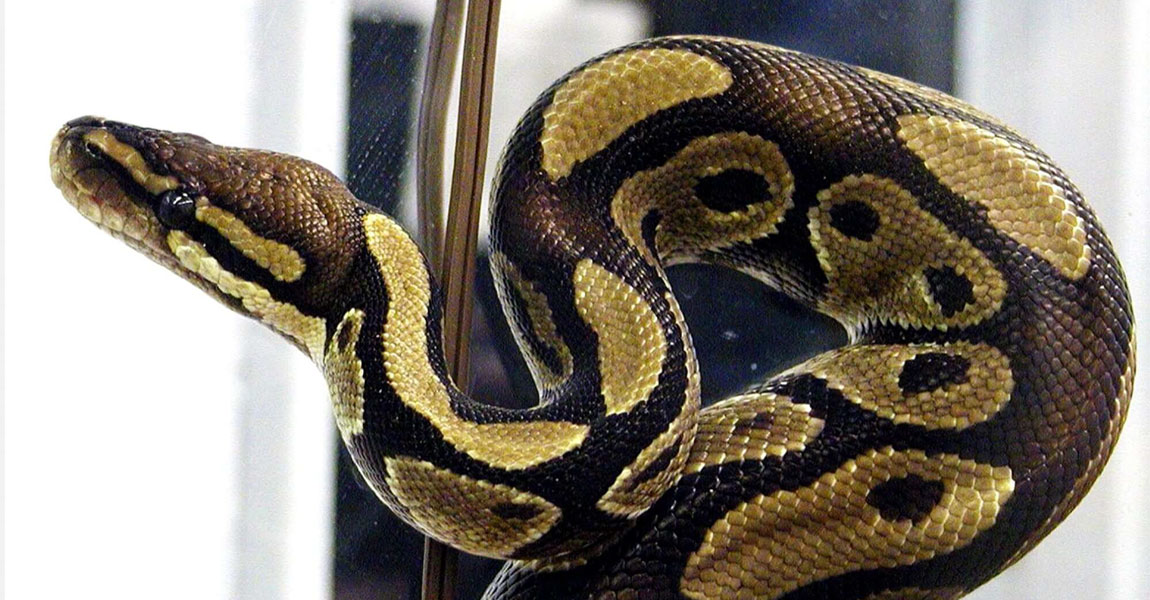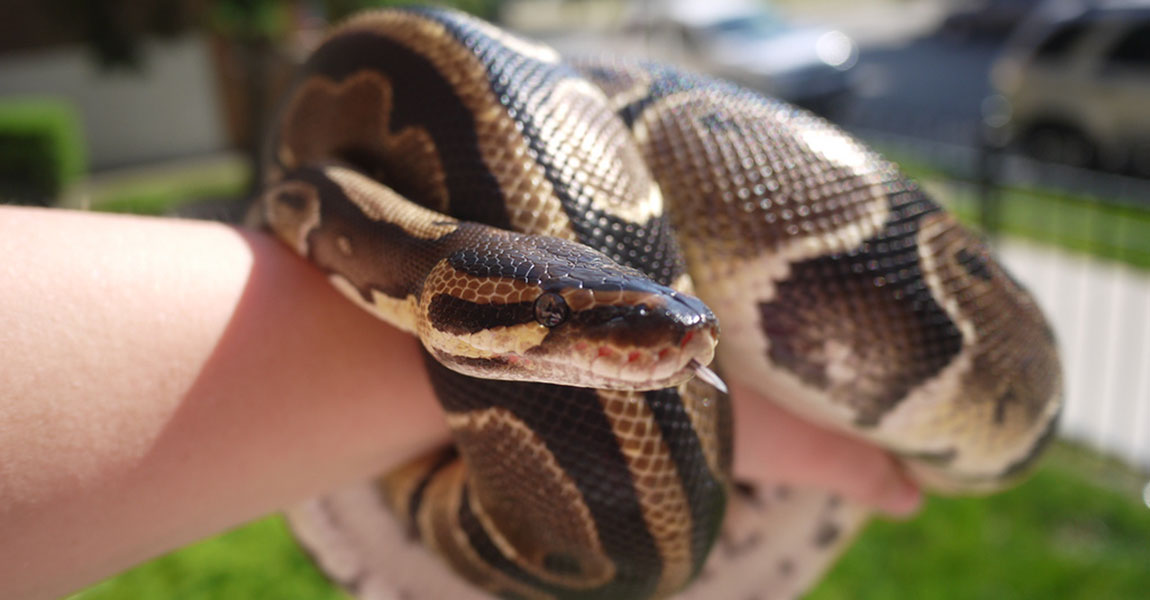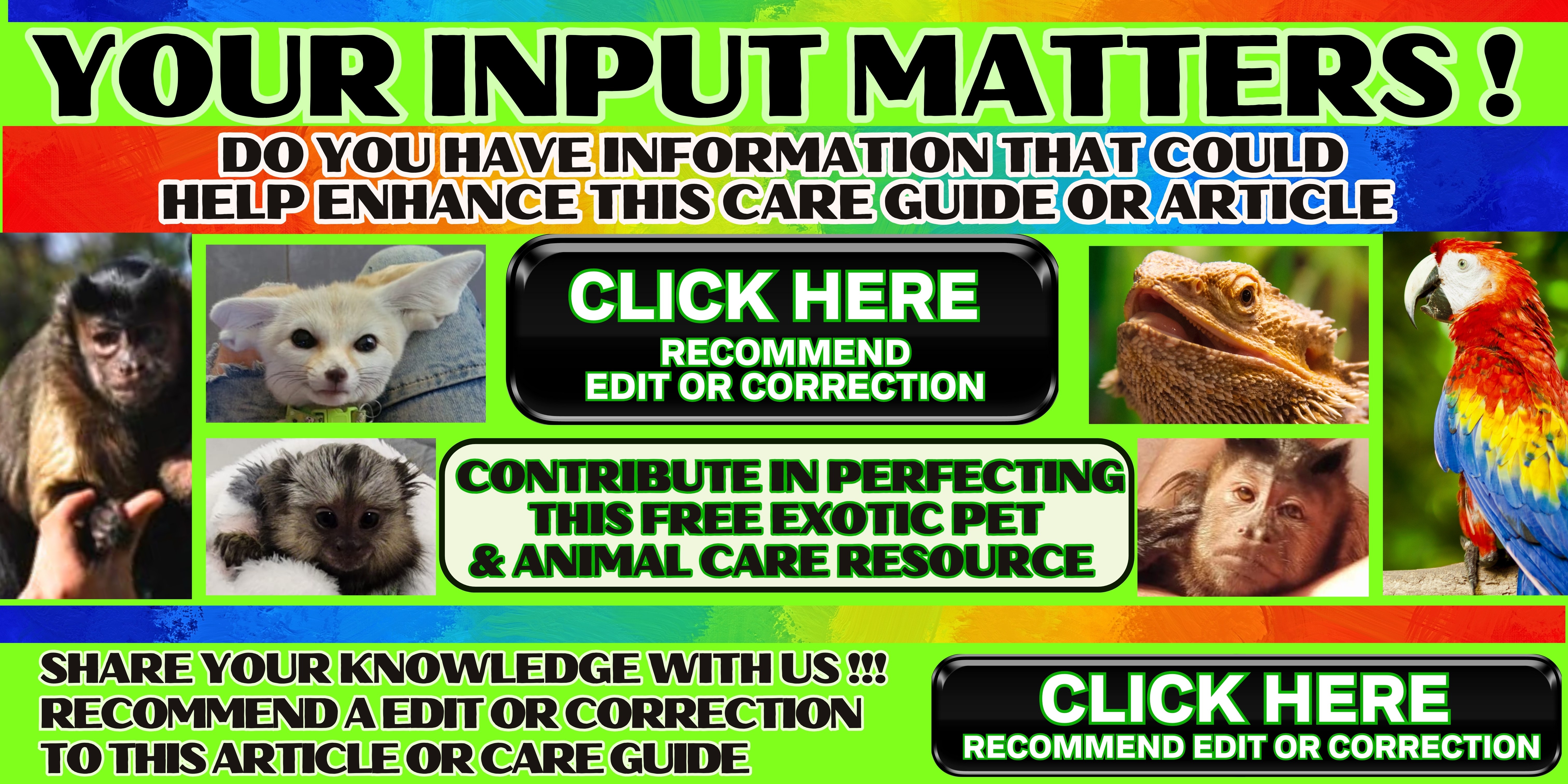The Blue-and-Yellow Macaw, a large South American Parrot, (Scientific name: Ara ararauna) can a length of 76-86cm and weigh in between 0.9-1.5kg's. It is one of the larger members of the Macaw family that inhabits the forests, savannahs and woodlands of tropical South America. They are popular very popular as pets owing to a wide array of reasons. Their beautiful plumage, ability to talk and their willingness to bond closely to humans.
This white faced and grey footed bird, with a black beak and black feathers under its chin displays extremely vivid colouring in its plumage; Ranges of bright orange to deep yellow array its bottom half, while stunning tones of aquamarine blue enclose the top. this is all finished off with a cap of striking gradients of green on its head. Its face is left bare of feathers, barring a few stray black ones - scattered around its cheeks to make a striped pattern around its pale light yellow eyes.
Blue-and-yellow macaws have a life expectancy of 30 to 35 years in the wild, but captive macaws that keep to a nutritious diet, exercise regularly and have access to good vetinary care when necessary, have been known to outlive their owners by having an increased life span that could range over the age of 60.
The blue-and-yellow macaw reaches sexual maturity between the ages of 4 and 6 and generally mates for life. A typical egg count for the female to lay is 2 or 3 and these eggs will be incubated by the female for around 28 days until they are ready to hatch. The hatchlings quickly fall into a hierarchy, with one chick being the most dominant in receiving food from the mother. Around 3 months from the time of hatching, the fledgling chicks are ready to leave the nest.
Even if your macaw is extremely well cared for, they are known to "scream" for attention. they can also make other loud noises and vocalizations and, with their tough nutcracking beak, they are known to chew on things. Sometimes to a very destructive end. These behaviours, you should know are completely natural and should be expected in captivity.
Due to their large size, they also require a lot of space. This means that the recommended length, if possible, of any macaw enclosure should be at least 15m. this allows space for this beautiful bird to spread its wings and fly.



